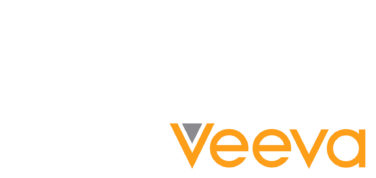The General Assembly of the State of Colorado recently enacted a statute aimed at providing prescribers with greater awareness of branded and generic prescription drug costs, leaving pharma markets to evaluate how this will impact their products.
This new guidance, which went into effect in early August, is primarily driven by recent increases in prescription drug costs and the growing urgency for price controls. According to proponents of this Colorado state law, physicians are often unaware of the high cost of the medications prescribed to their patients despite the availability of more affordable generic alternatives.
Authors of a 2018 article entitled, “Informing Physicians: Would Doctors Prescribe Different Medications If They Knew How Much People Had to Pay for Them?” concluded that physicians who were more informed about affordable generic prescription drugs were more likely to prescribe them compared with physicians who were unaware of these alternatives.
Sponsors of this bill propose that it will spur increased prescriptions of lower-cost medication options for patients and will help contain prescription drug costs for the healthcare system at large. These objectives underlie the supposition that physicians are not yet sufficiently aware of the actual cost of prescribed medications and their subsequent impact upon both patients and healthcare systems.
In its current form, the Colorado statute requires marketing employees of pharmaceutical manufacturers and/or their agents to provide, in writing, drug pricing information to any Colorado-licensed healthcare prescribers who are being actively engaged by prescription drug marketing. Specifically, the statute requires that the wholesale acquisition cost (WAC) of both the marketed drug and at least three generic prescription drugs from the same therapeutic class be disclosed, if/when available.
Within the context of the Colorado statute, prescription drug marketing is described as face-to-face interactions, physical mailings, telephone conversations, video conferencing, emails or texts, and fax transmissions. This statute does make an exception for the exchange of scientific information, which includes conversations at scientific conferences.
Impact on Marketers
Many manufacturers have already excluded Colorado-based HCPs from personal and/or nonpersonal promotion; however, the potential for enactment of similar laws in many other states within the U.S. raises the distinct possibility that pharmaceutical marketing efforts may need to quickly adapt for greater prescription drug cost transparency moving forward.
If they are not excluding them, best practice should be for manufacturers to provide all physicians practicing and/or licensed in the state of Colorado and targeted by promotional efforts with updated WAC materials. These should be provided at least once via electronic dissemination and at least once in-person via sales representatives, for those prescribers targeted by personal promotion.
Continued close surveillance of this and other similar statutes will be necessary to help keep drug manufacturers informed of and compliant with state and federal regulations as they continue to evolve.
Compliance Implications
Several limitations in this guidance exist as it is currently written. First, the lack of specificity around what constitutes an appropriate quantity or frequency of education around WAC and generic drug cost. Consequently, it is unclear if a pharmaceutical marketing employee is required to provide an updated WAC for a prescription drug product during each personal interaction with a Colorado prescriber or if a single leave-behind piece, for example, is sufficient to satisfy the requirements of the statute.
Second, the lack of legal directive on how to regulate various modalities of web-based promotion, including banner displays, social media postings, and paid search where it may not always be possible to tailor individual promotional messages based on a prescriber’s geographic location. Finally, there is no legal precedent on the implications of a manufacturer’s failure to comply with this statute. As prescription drug price controls and transparency continue to evolve, ongoing surveillance of the legal and regulatory landscape will be crucial for maintaining compliance.







